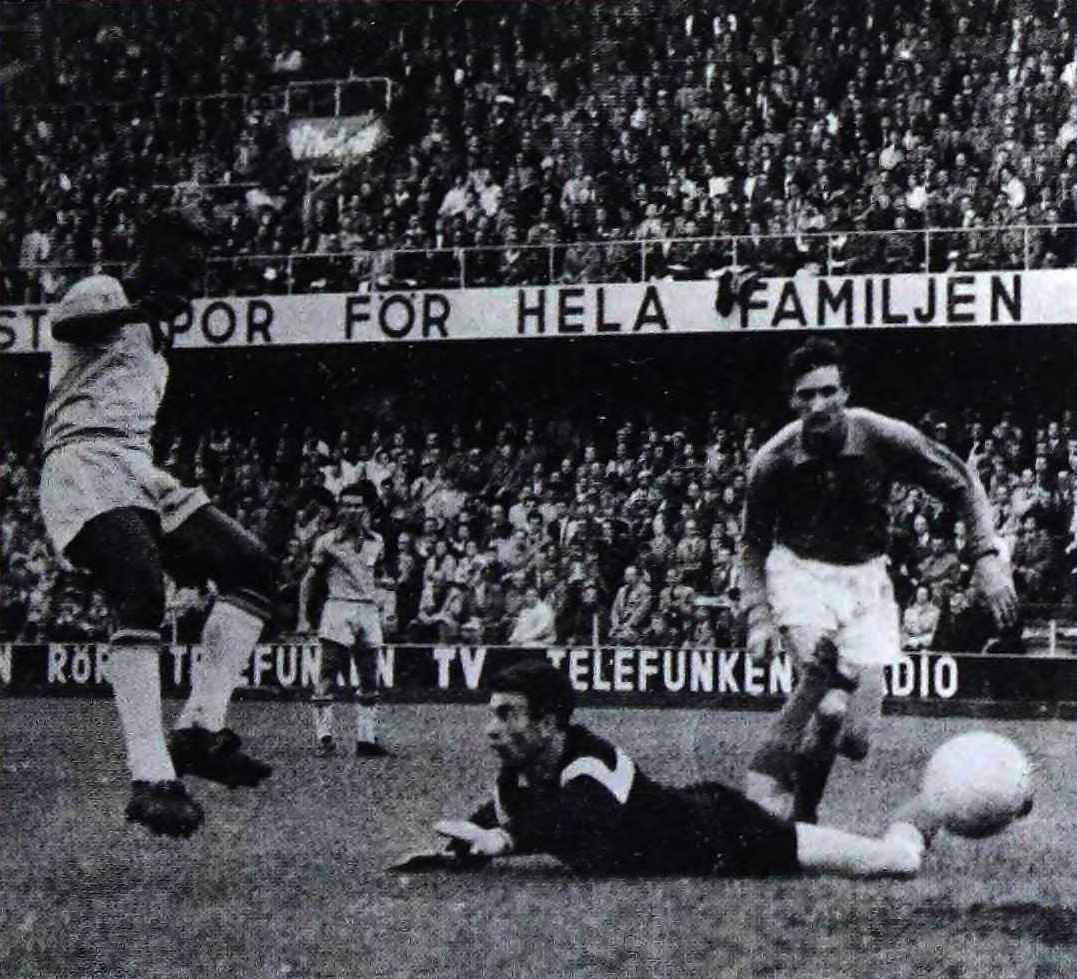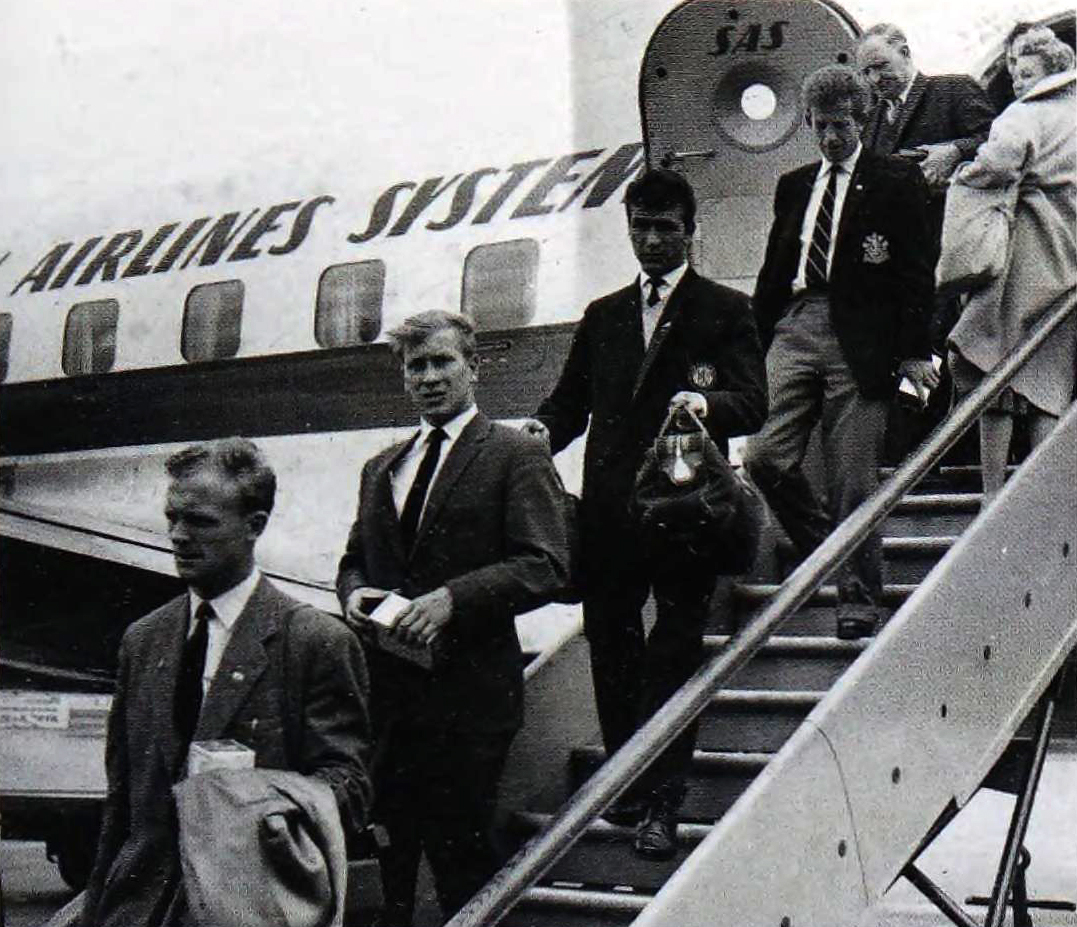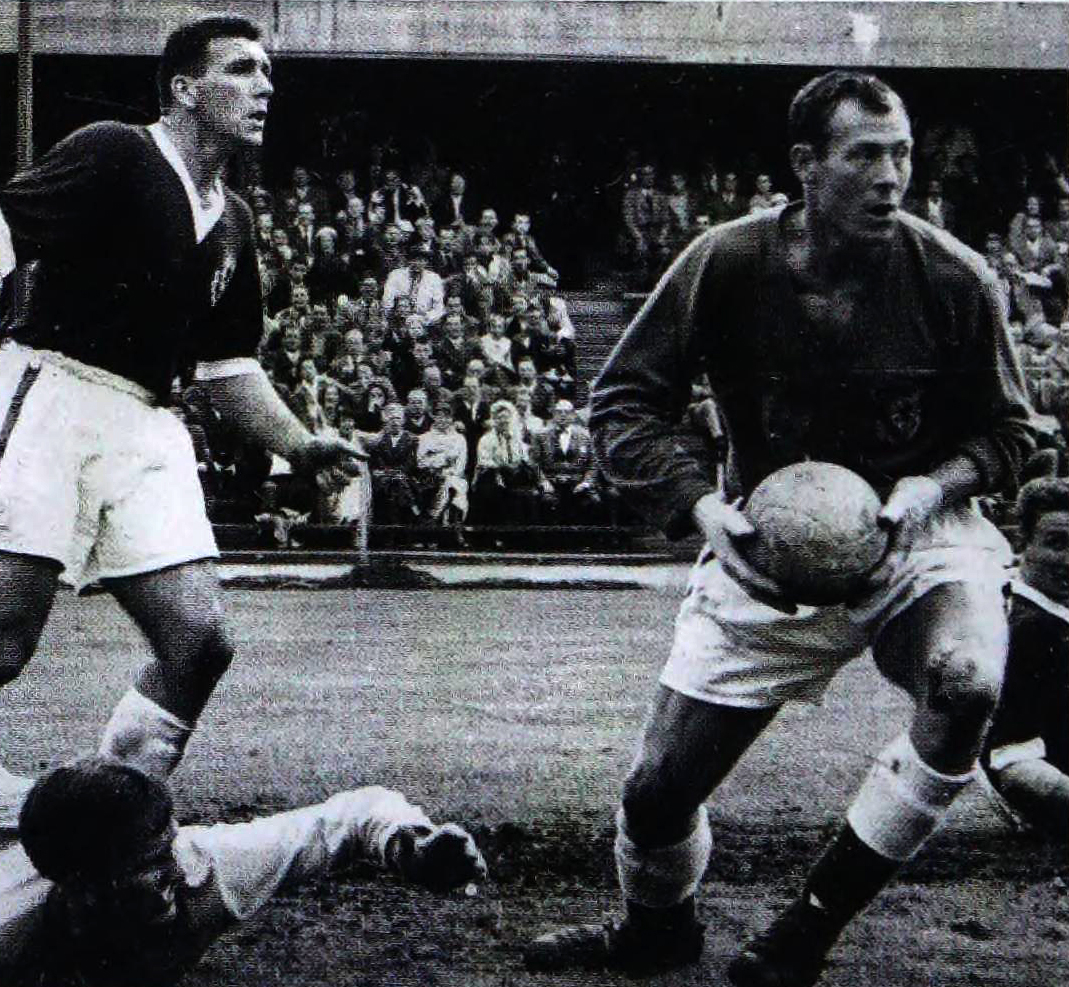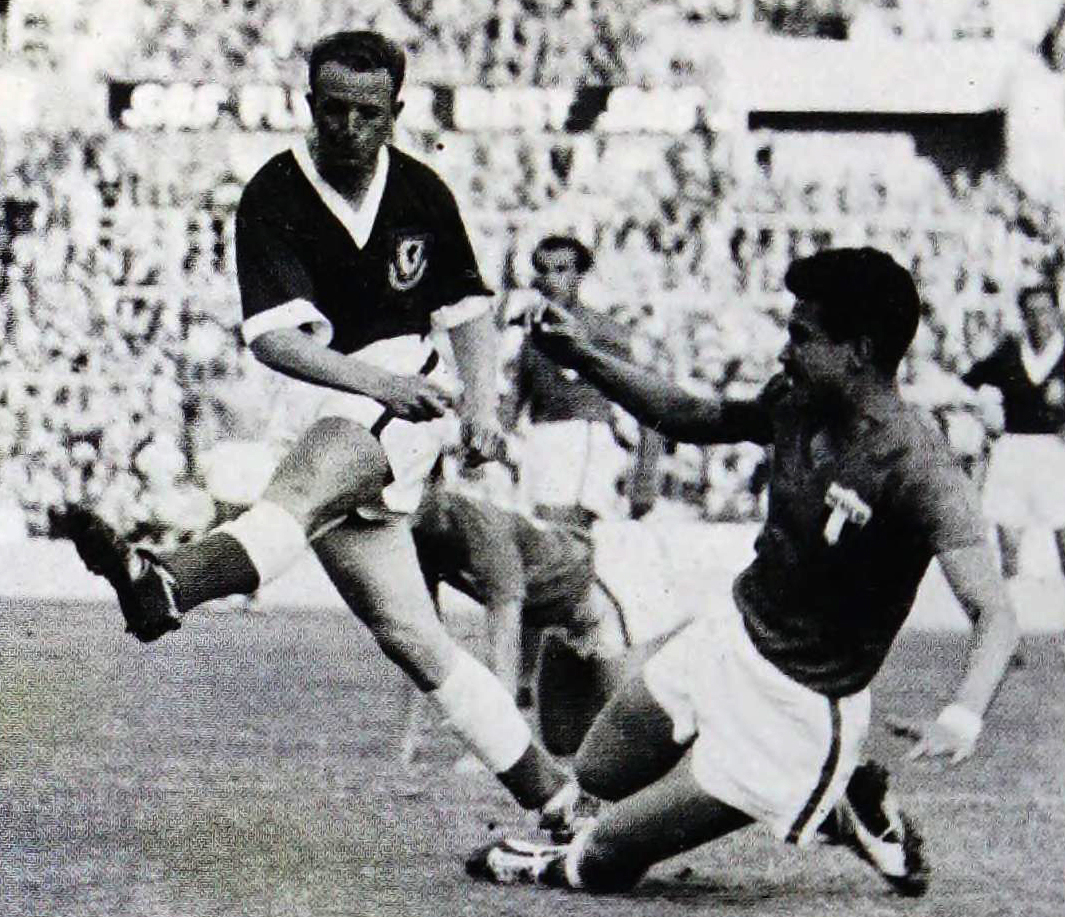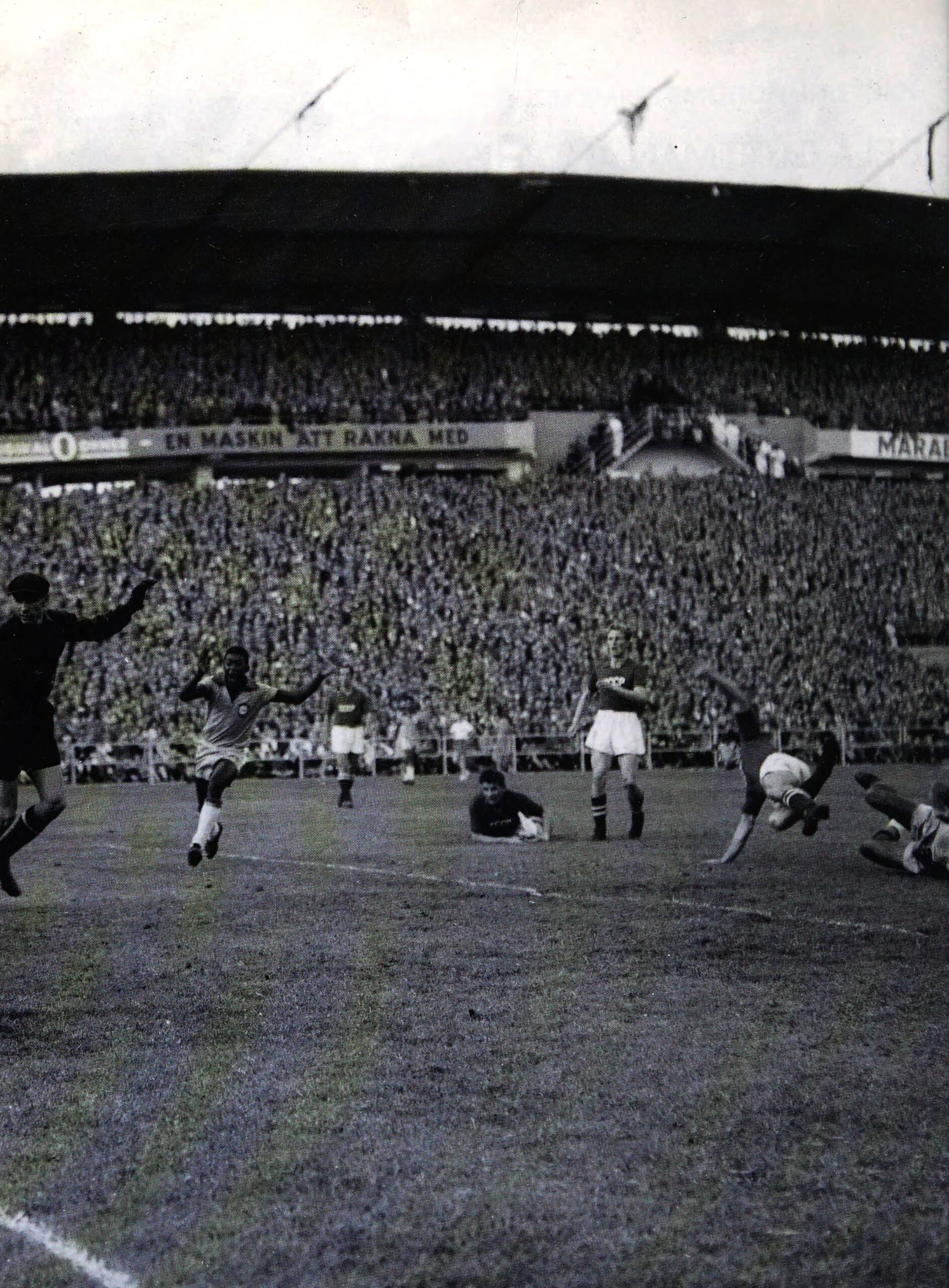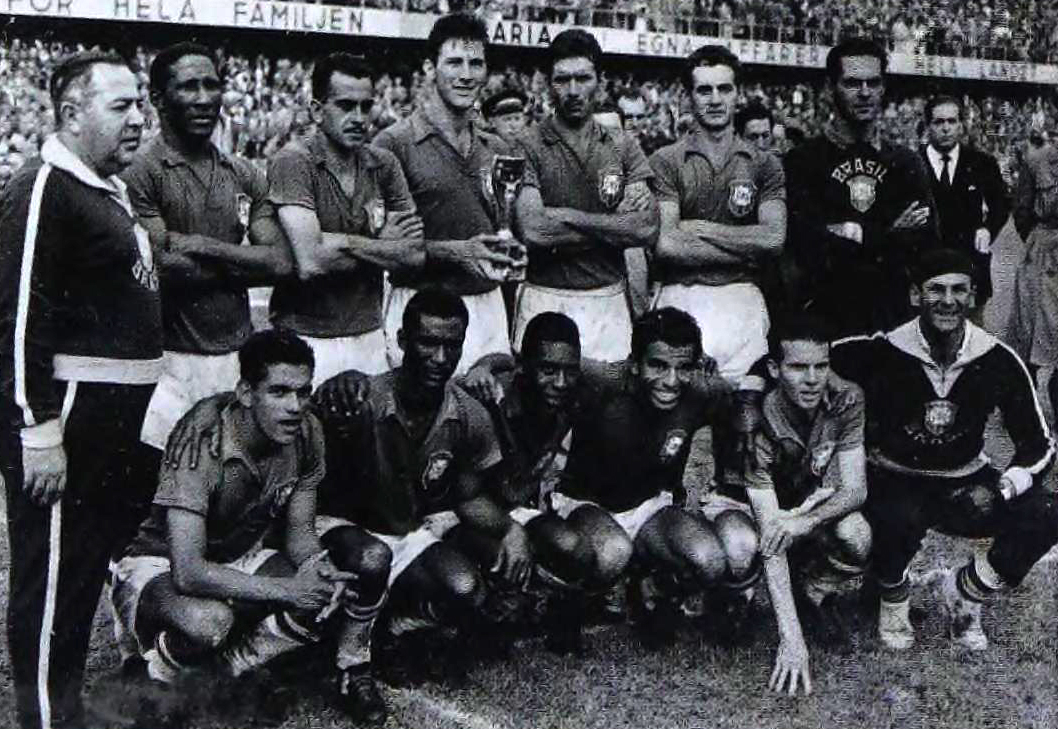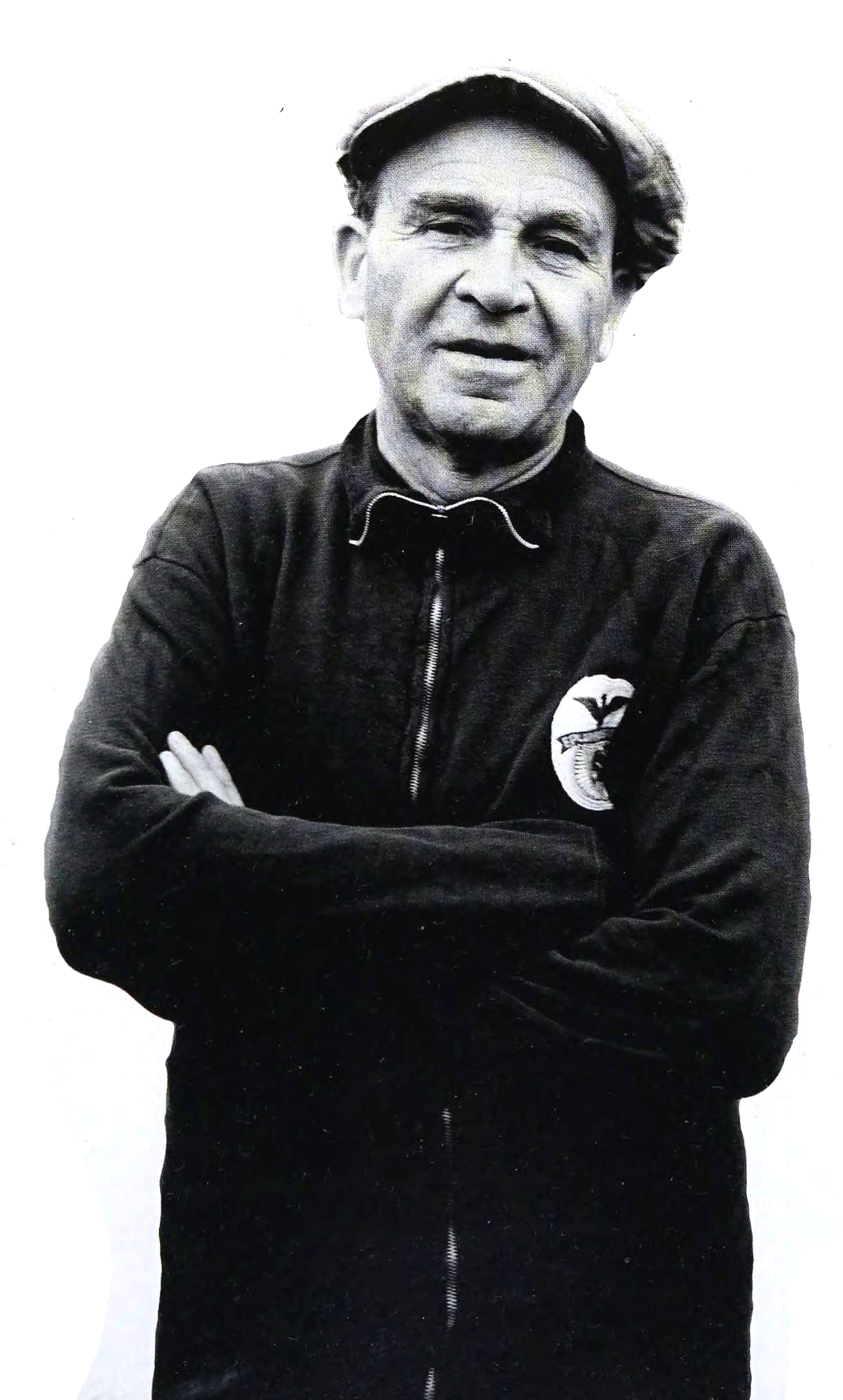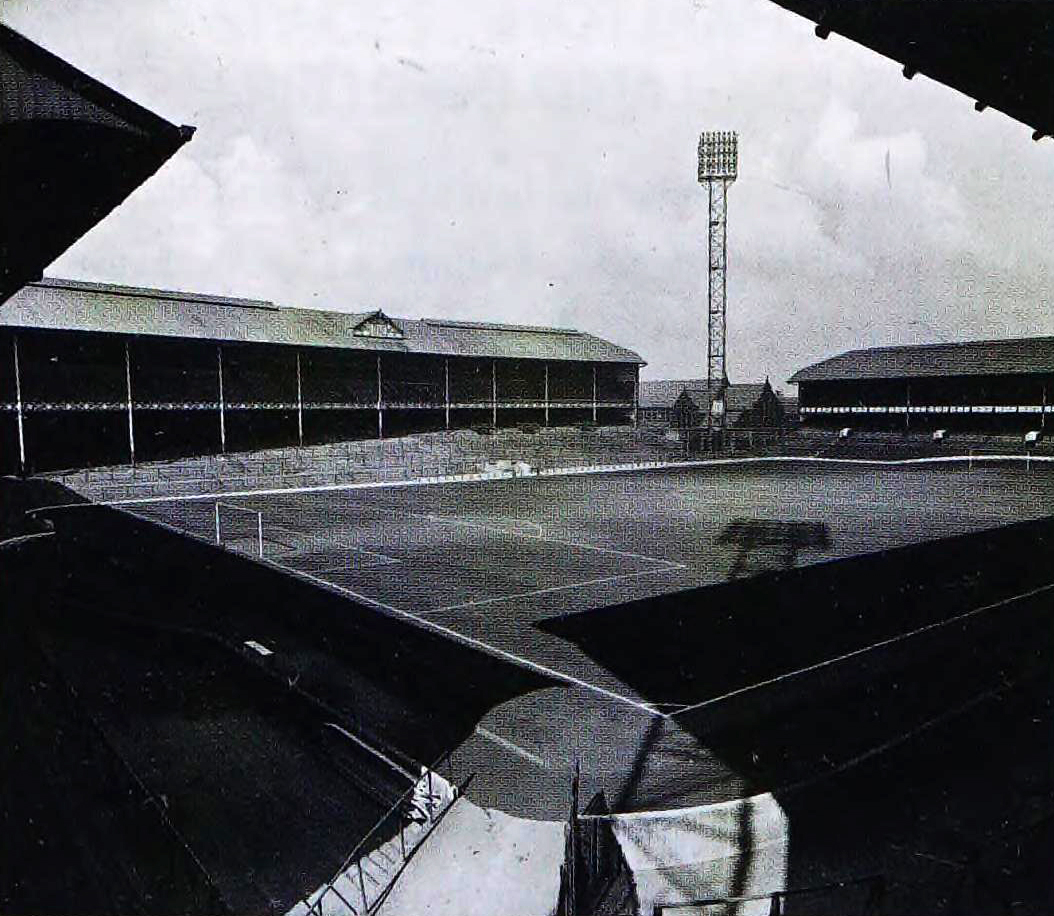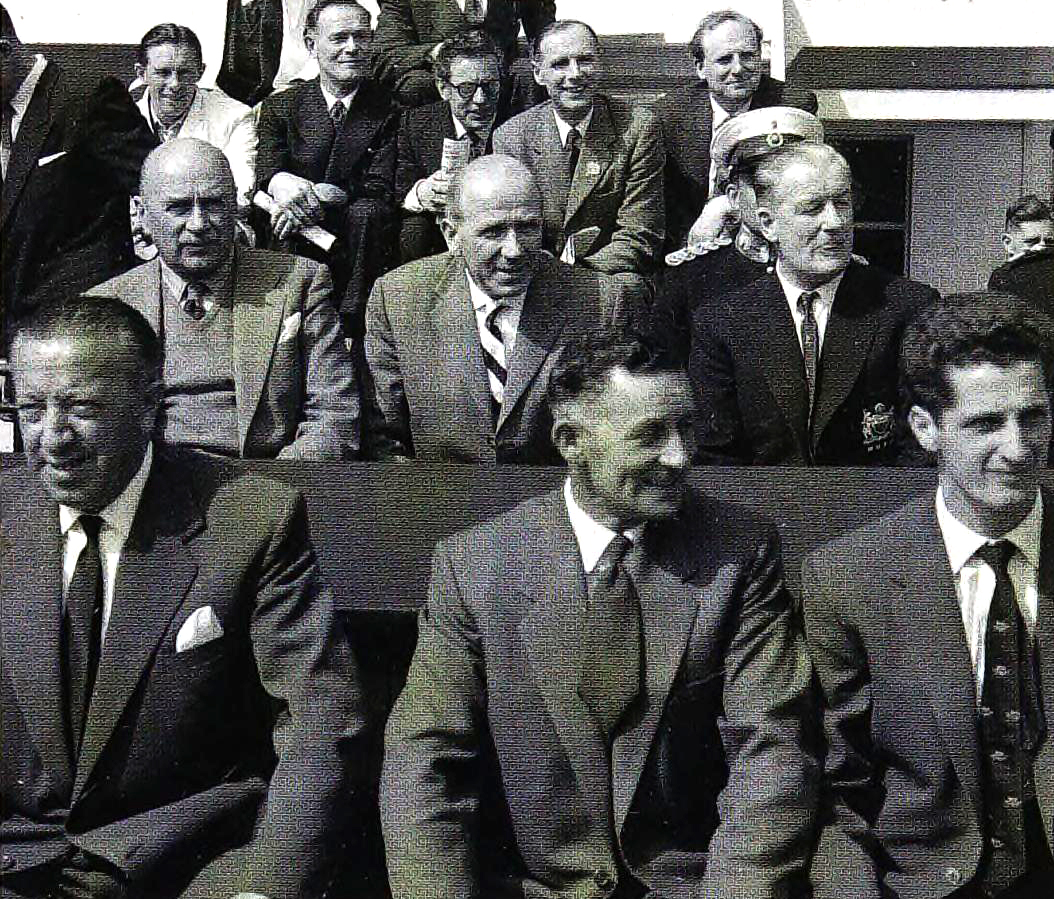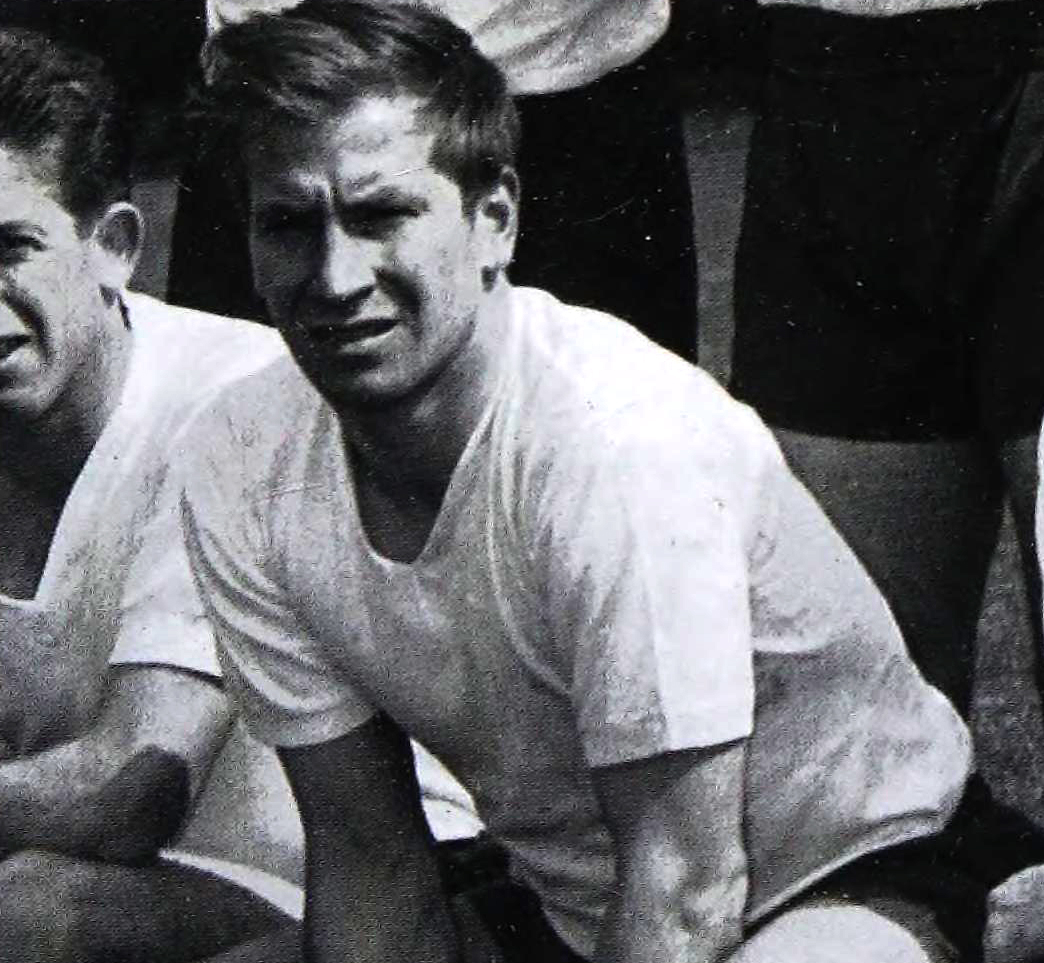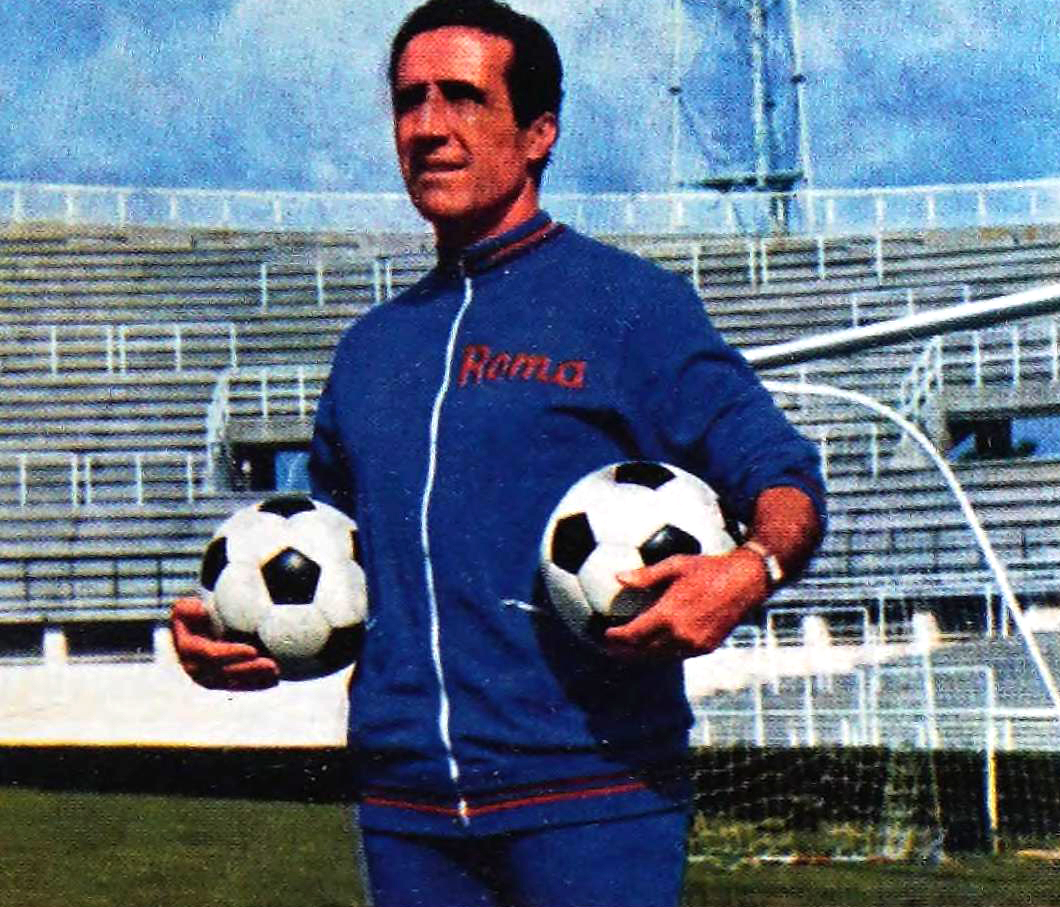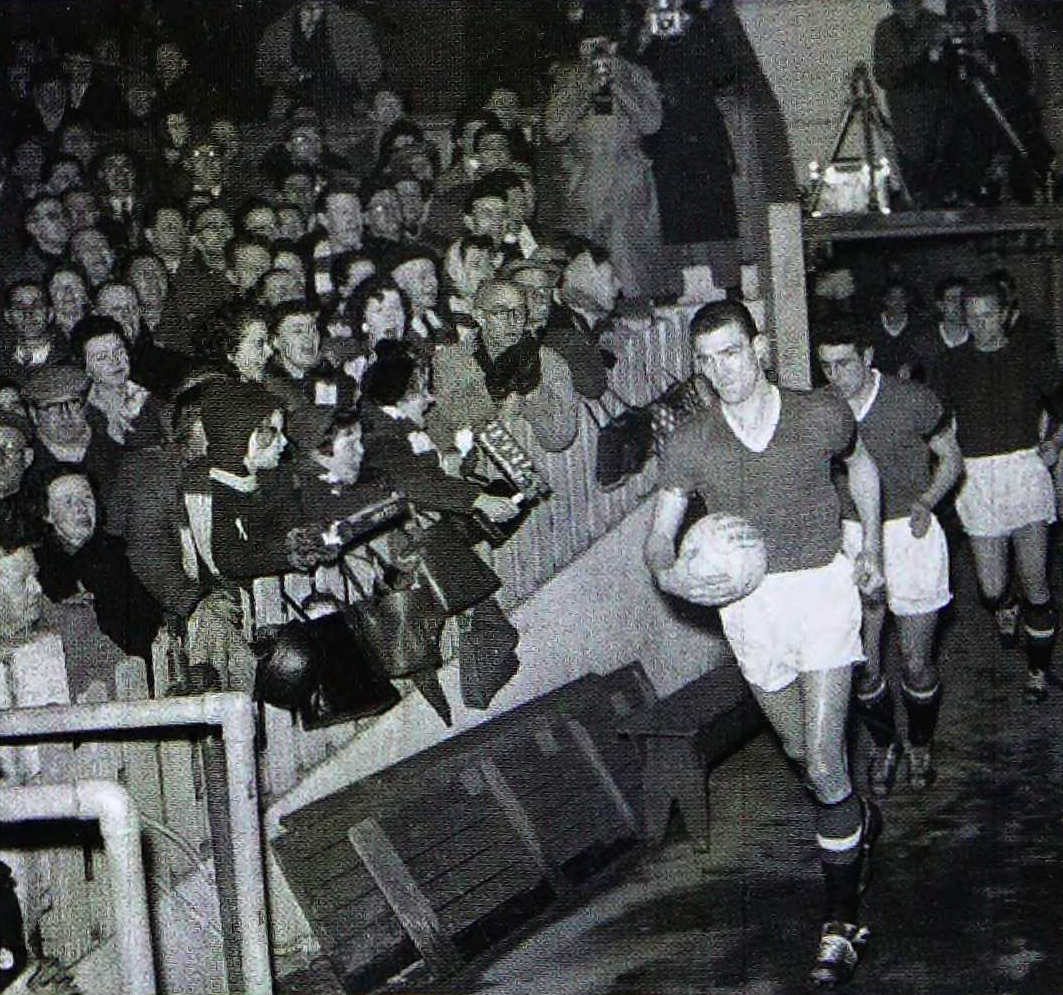2022-11-18
Nr. 347
PELE’S SEMI-FINAL HAT-TRICK (1958)
The imperious Brazilians of 1958 were known for their attacking brilliance, but they also reached the semis in Sweden without conceding a goal. In the semi-final they expected to be tested by a French side that boasted the prolific Just Fontaine. He scored in the first half, but goals from Vava and Didi gave Brazil a 2-1 lead at the interval. The French, having pierced the Brazilian defence, were confident of doing it again before they were blown away in the second half as a 17-year-old Pelé scored a hat-trick in 23 minutes. The game finished 5-2 after Roger Piatoni scored a late consolation goal for the French.
Wowed by the Brazilian’s display, French marksman Just Fontaine reportedly said that, «to lose to a team like that wasn’t embarrassing».
2022-11-17
Nr. 346
SOVIET UNION KNOCK ENGLAND OUT OF WORLD CUP (1958)
Six months before the 1958 World Cup England harboured realistic hopes of winning the tournament, but that all changed at Munich. In the air disaster England tragically lost three world-class talents in Duncan Edwards, Tommy Taylor and Roger Bryne. And so a weakened England travelled to Sweden and drew all three of their group games against the Soviet Union, Brazil and Austria. In a play-off against the Soviets at the Ullevi Stadium in Gothenburg England’s Peter Brabrook twice hit the post befare Anatoly Ilyin’s goal after 69 minutes denied them a place in the quarter-finals.
Don Howe, Bobby Charlton, Peter Brabrook and Peter Broadbent alight from the plane which carried England back from Sweden.
2022-11-16
Nr. 345
THE FOUR HOME NATIONS QUALIFY FOR THE WORLD CUP (1958)
The 1958 World Cup finals were the first, and so far only, time the four home nations – England, Scotland, Wales and Northem Ireland – have all qualified for the tournament. The Welsh enjoyed the most glory, reaching the quarter-finals before losing 1-0 to a goal scored by Pelé for the eventual winners Brazil. Northern Ireland also made it to the last eight before succumbing to the rampant Just Fontaine, who scored twice, as France triumphed 4-0. Scotland finished bottom of their group without a win, while England drew all three of their group games before losing 1-0 to the Soviet Union in a play-off.
Wales keeper Kelsey in called into action against Sweden during the World Cup in 1958 in which all four home nations participated.
2022-11-15
Nr. 344
THE WELSH BATTLE AGAINST THE HUNGARIANS (1958)
On their only appearance at the World Cup finals, Wales stuck around for as long as they could. In group three they drew their games against Hungary, Sweden and Mexico. At this toumament, when teams finished level there was a play-off, so the Welsh met Hungary for a place in the quarter-finals. The Hungarians, stripped of so many great players, were still skilful and combative, and took the lead in the first half through Lajos Tichy. A brilliant volley from Ivor Allchurch, described by Real Madrid club president Santiago Bernabeu as the best inside-forward at the tournament, equalized for Wales, before Terry Medwin grabbed the winner. It finished 2-1.
lvor Allchurch fires in a shot as Mexico’s Del Muro puts in a challenge during another of the Wales’ group matches in Sweden.
2022-11-14
Nr. 343
PELÉ AND GARRINCHA TEAM UP (1958)
On 15 June 1958 the Ullevi Stadium in Gothenburg witnessed the coming together of two of football’s greatest ever players, Pelé and Garrincha, when Brazil faced the Soviet Union in the group stage of the World Cup. By the time the pair were parted eight years later Brazil had won two World Cups and while they played in the same side their country never lost a single game.
The 24-year-old Garrincha, who had won his first cap for Brazil three years earlier, had an unrivalled ability to glide past defenders with his pace and trickery. The Botofogo winger was the king of the dribble, perversely helped by a childhood illness that had left him with curved legs and which made him able to change direction quickly and swerve past opponents at will.
Destined to be recognized as the greatest player of all time, Pelé had made his debut for Brazil at only 16 years old, but before the World Cup in Sweden he wasn’t yet a regular in the team. However, his incredible all-round talents effectively forced the Brazilian coach Vicente Feola to throw the Santos man into the action – and he didn’t disappoint.
It has long been rumoured that the rest of the squad put pressure on Feola to play Garrincha and Pelé together, but whatever the truth he chose to use both in Brazil’s third game of the tournament against the Soviets, despite the objections of the team psychologist, who said that neither was ready for exposure at this level. That match was won 2-0 with both goals coming hom Vava, and two weeks later Brazil were world champions.
Brazil’s Vava fires his team’s second goal past USSR goal keeper Lev Yashin as team-mate Pelé celebrates.
The victorious Brazil side.


